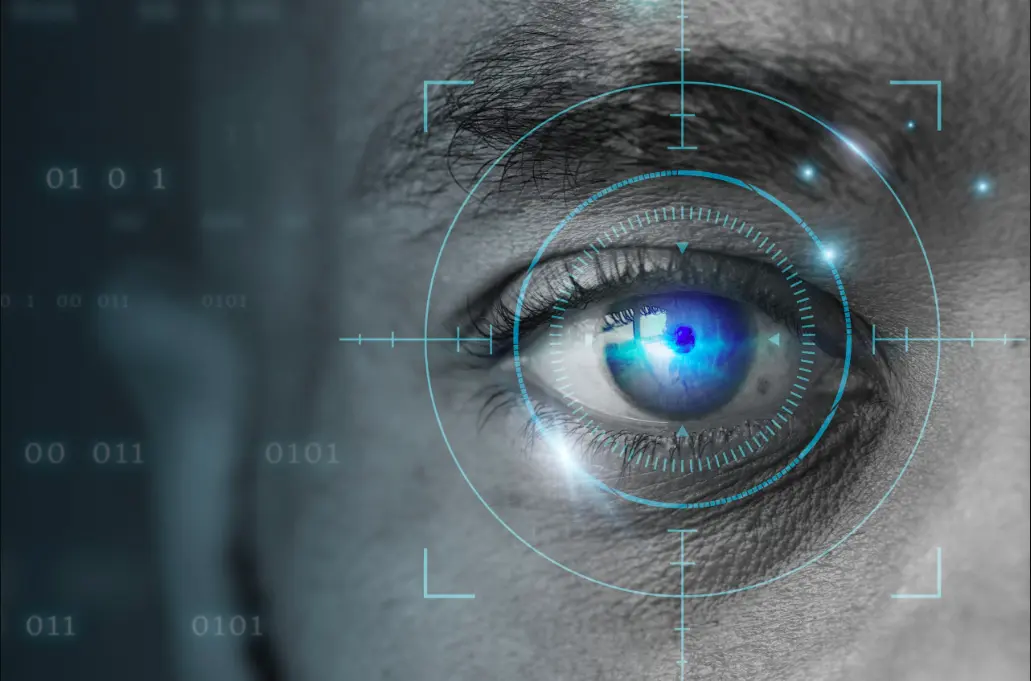Scientists at Cardiff University have developed a state-of-the-art artificial intelligence (AI) system, ‘TranSalNet,’ which precisely anticipates the regions of an image where a person is most likely to gaze.
The researchers claim that the unique method more accurately simulates human vision than any previous system based on human brain mechanics and its ability to discriminate between distinct picture sections.
Simulating visual attention in the form of an algorithm is considered a visual saliency prediction. The new technology can be used for a variety of things, including robotics, multimedia communication, video surveillance, automated picture editing, and detecting tumors in medical imaging or cancer detection.
It’s still challenging to anticipate saliency accurately as the human eye perceives it. Incorporating the human visual system (HVS) characteristics when you build computational models is one method to increase the accuracy of saliency prediction.
Despite the substantial advancements made by deep learning-based models, completely CNN-based models are still unable to collect long-range contextual information since each convolution kernel in a CNN only receives data from a narrow subset of pixels in an image.
With the overarching goal of enhancing the speed, accuracy, and sensitivity of medical diagnostics, the Multimedia Computing Research Group at Cardiff University is currently preparing to test the system by assisting radiologists in finding lesions inside medical images.
The researchers introduced the AI system in the academic publication Neuralcomputing.
An essential component of the human visual system that enables us to choose and understand the most pertinent information in a situation is the ability to focus our attention.
With varying degrees of success up until now, scientists from around the world have been using computer software to try and replicate this ability to pick out the most important portions of an image.
The Proposed Model ‘TranSalNet’
The researchers employed a convolutional neural network, a deep learning computer algorithm modeled to imitate the interconnected web of neurons in the human brain and explicitly modeled on the visual cortex.
This kind of algorithm is perfect for using photographs as input and determining the relative importance of different items or characteristics of the image.
The scientists used a sizable database of photographs for their research, each of which had already been evaluated or viewed by humans, who then used eye-tracking software to assign what are known as “areas of interest” to the images.
Following the input of these photographs into the algorithm, which employed deep learning, the system gradually started to learn from the images and eventually developed the ability to precisely anticipate which elements of the image were the most salient.
Seven existing cutting-edge visual saliency systems were compared against the new system, and it was found to be superior on all measures.
Dr. Hantao Liu, the co-author of the study from Cardiff University’s School of Computer Science and Informatics, demonstrated that this cutting-edge system, which makes use of the most recent developments in machine learning, outperforms the current state-of-the-art visual saliency models.
Being able to predict where people look in natural images successfully could unlock a wide range of applications from automatic target detection to robotics, image processing, and medical diagnostics.
In order for everyone to make use of the research and discover new uses for this technology in the real world, the code has been made publicly available.
Further, the researchers are now looking forward to collaborating with radiologists to see how these models might help them recognize lesions in medical images.
The new system’s source code is freely accessible to the public and may be obtained here.
Story Source: Lou, J., Lin, H., Marshall, D., Saupe, D., & Liu, H. (2022). TranSalNet: Towards perceptually relevant visual saliency prediction. Neurocomputing, 494, 455–467. https://doi.org/https://doi.org/10.1016/j.neucom.2022.04.080 https://www.cardiff.ac.uk/news/view/2633798-ai-system-that-mimics-human-gaze-could-be-used-to-detect-cancer
Learn More About Bioinformatics:
Top Bioinformatics Books ↗
Learn more to get deeper insights into the field of bioinformatics.
Top Free Online Bioinformatics Courses ↗
Freely available courses to learn each and every aspect of bioinformatics.
Latest Bioinformatics Breakthroughs ↗
Stay updated with the latest discoveries in the field of bioinformatics.
Dr. Tamanna Anwar is a Scientist and Co-founder of the Centre of Bioinformatics Research and Technology (CBIRT). She is a passionate bioinformatics scientist and a visionary entrepreneur. Dr. Tamanna has worked as a Young Scientist at Jawaharlal Nehru University, New Delhi. She has also worked as a Postdoctoral Fellow at the University of Saskatchewan, Canada. She has several scientific research publications in high-impact research journals. Her latest endeavor is the development of a platform that acts as a one-stop solution for all bioinformatics related information as well as developing a bioinformatics news portal to report cutting-edge bioinformatics breakthroughs.












